Many people consider tempered glass to be an integral part of a smartphone. In the end, it makes sense - for a relatively small price, you will increase the durability of your device. Tempered glass primarily protects the display and ensures that it is not scratched or otherwise damaged. Thanks to the development of recent years, the display has become one of the most expensive components of modern phones. Today's smartphones offer, for example, OLED panels with high resolution, higher refresh rate, luminosity and the like.
It could be interest you
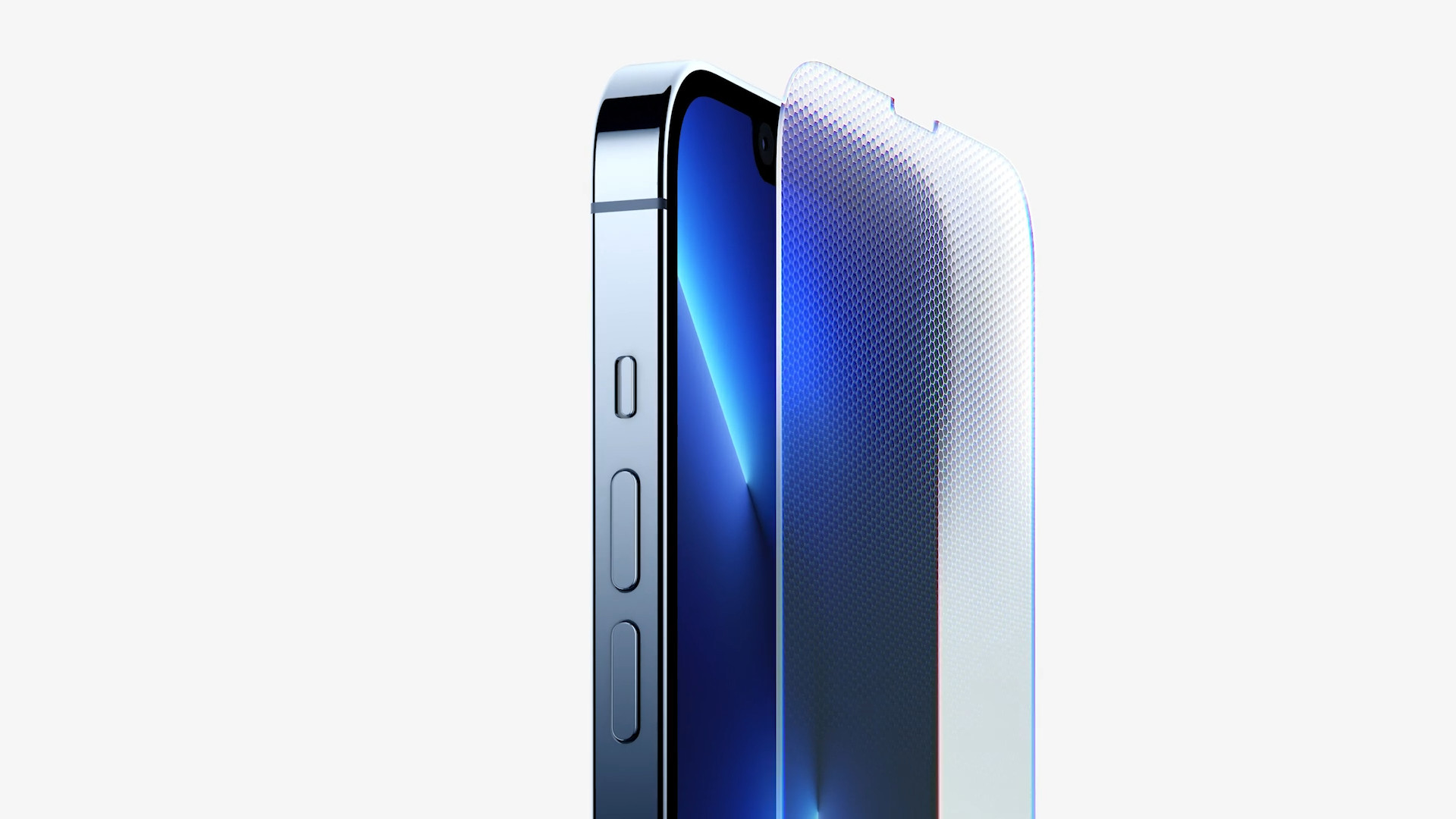
At the same time, screens are relatively vulnerable, and it is therefore appropriate to protect them from possible damage, the repair of which can cost up to several thousand crowns. The question remains, however, whether tempered glass is the right solution, or whether their purchase is worthwhile. Phone manufacturers claim year after year that their new model has the most durable glass/display ever, making it virtually impossible to damage. So let's focus together on what tempered glass actually is and what advantages (and disadvantages) they bring.
Tempered glass
As we mentioned above, displays are susceptible to potential scratches or other damage. Sometimes it's enough to leave the phone in your pocket with another metal object, for example, your house keys, and suddenly you have a scratch on the screen, which, unfortunately, you can't get rid of. However, ordinary scratching can still work. It is worse in the case of cracked glass or a non-functioning display, which of course no one cares about. Toughened glass is supposed to solve these problems. These are made of durable material and ensure increased durability of phones. Thanks to this, they present themselves as a perfect investment opportunity. For an affordable price, you can buy something that will help you protect your device.
In practice, it works quite simply. Very briefly, it could be said that the tempered glass is first stuck to the display itself and in the event of a fall, the device takes over the impact, thus leaving the screen itself safe. In such a case, it is many times more likely that the tempered glass will crack than the original panel. Of course, it also depends on the specific type. Glass is classified into several groups according to roundness. In general, we divide them into 2D (protecting only the display itself), 2,5D (protecting only the display itself, the edges are bevelled) a 3D (protecting the entire front surface of the device, including the frame - blends in with the phone).
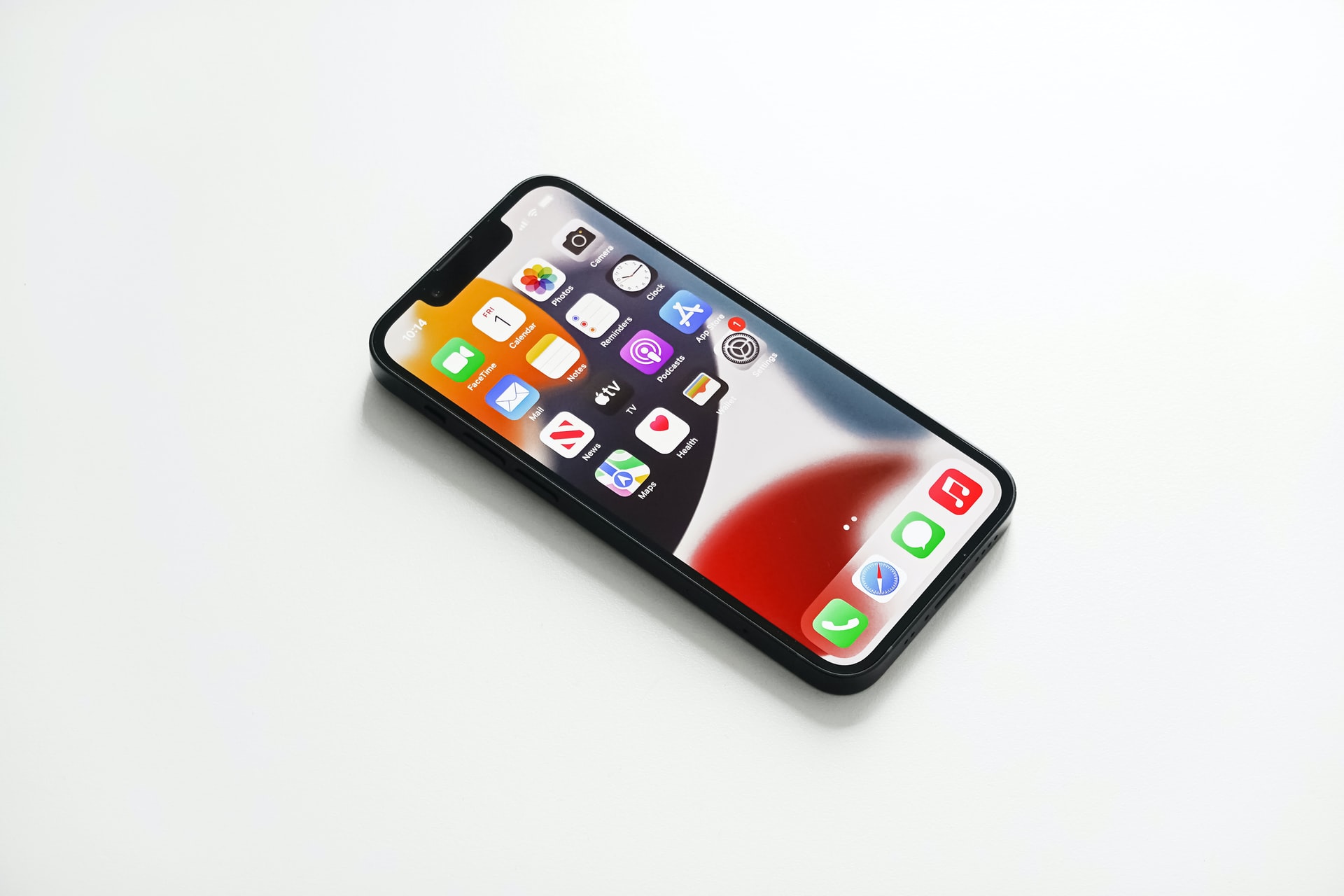
Another important parameter is the so-called hardness. In the case of tempered glasses, it copies the hardness scale of graphite, although it has practically nothing to do with its hardness. You just need to know that it is within a range from 1 to 9, hence glasses marked as 9H they bring with them the greatest degree of protection.
Disadvantages of tempered glass
On the other hand, tempered glass can also bring certain disadvantages. First of all, it is necessary to take into account that, of course, they have some thickness. This is usually - depending on the model - in the range of 0,3 to 0,5 millimeters. This is one of the main reasons that discourages perfectionists from using them. However, the vast majority of people do not have a problem with this and practically do not even notice a change in the order of a few tenths of a millimeter. However, compared to, for example, a protective film, the difference is immediately apparent, and at first glance you can tell whether the device in question has glass or, on the contrary, a film.

The disadvantages of tempered glass are mainly cosmetic and it is up to each user whether this fact represents a problem for him or not. Among other ailments we can also include oleophobic layer, whose task is to protect the glass from smearing (leaving prints), which may not bring the desired effect in cheaper models. In such a case, however, it is again a trifle that can be overlooked. In the case of some glasses, however, there may also be a problem in terms of functionality, when after sticking, the display becomes less responsive to the user's touch. Fortunately, you practically don't come across something like this today, but in the past it was a fairly common phenomenon, again with cheaper pieces.
It could be interest you

Tempered glass vs. protective film
We must not forget the role of protective foils, which promise a similar effect and therefore serve to protect the displays on our phones. As we mentioned above, the protective film is significantly thinner compared to the glass, thanks to which it does not disturb the aesthetic appearance of the device itself. But this brings with it other disadvantages. The film as such cannot ensure resistance to damage in the event of a fall. Only scratching can prevent it. Unfortunately, scratches are quite visible on the film, while tempered glass can withstand them. Because of this, it may be necessary to change it more often.
It is a good deal?
In conclusion, let's shed some light on the most fundamental question. Is tempered glass worth it? Given its capabilities and effectiveness, the answer seems clear. Tempered glass can actually save the iPhone display from damage and thus save up to several thousand crowns, which would have to be spent on replacing the entire screen. In terms of the price/performance ratio, this is a great solution. However, each user must evaluate for himself whether to start using it. It is necessary to take into account the mentioned (cosmetic) flaws.
After all, an accident can happen to even the most careful person. All it takes is a moment of inattention, and the phone, for example due to a fall, can encounter the proverbial spider web, which certainly does not bring joy to anyone. It is precisely for these possible situations that tempered glass is intended.
It could be interest you
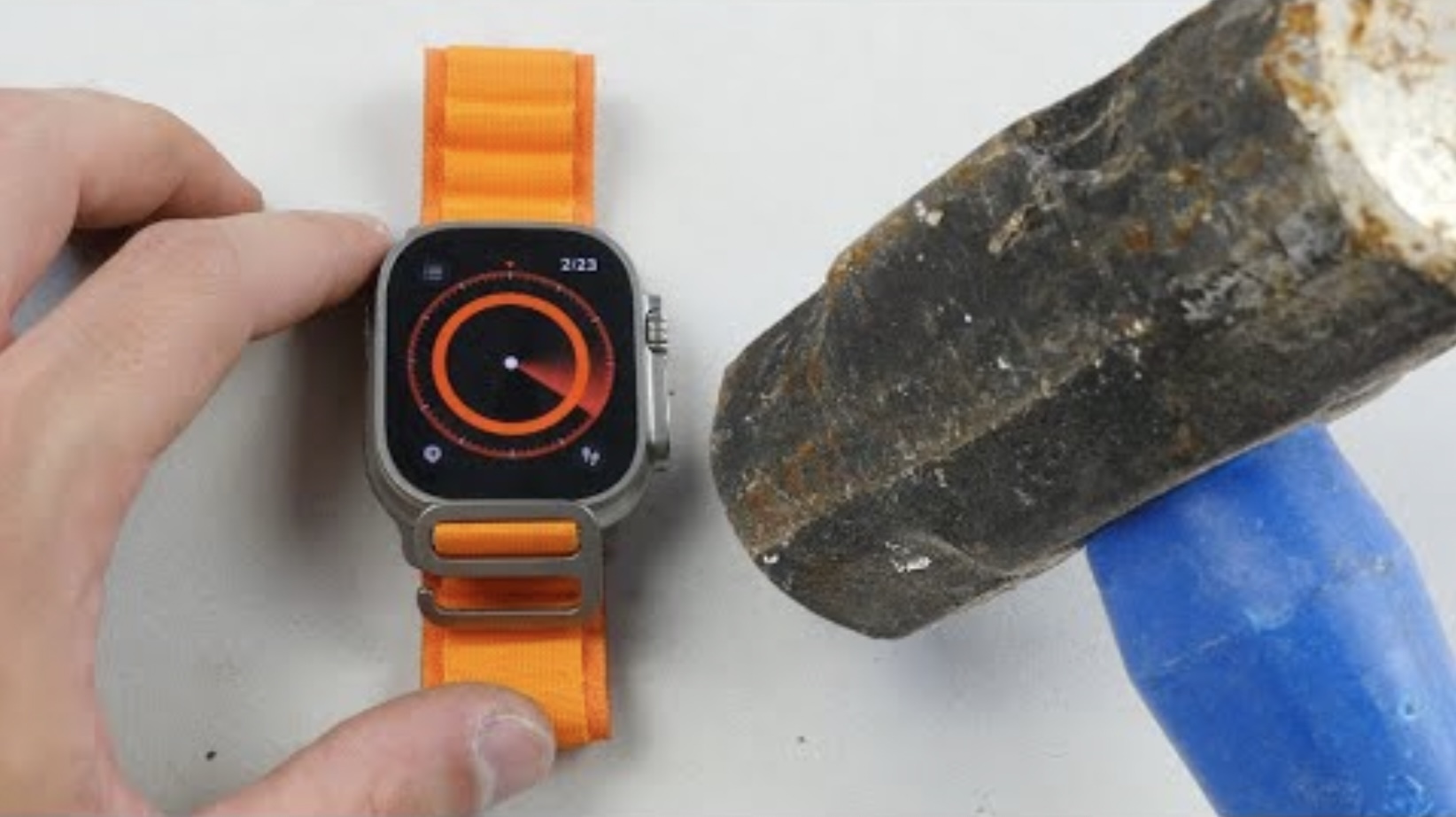
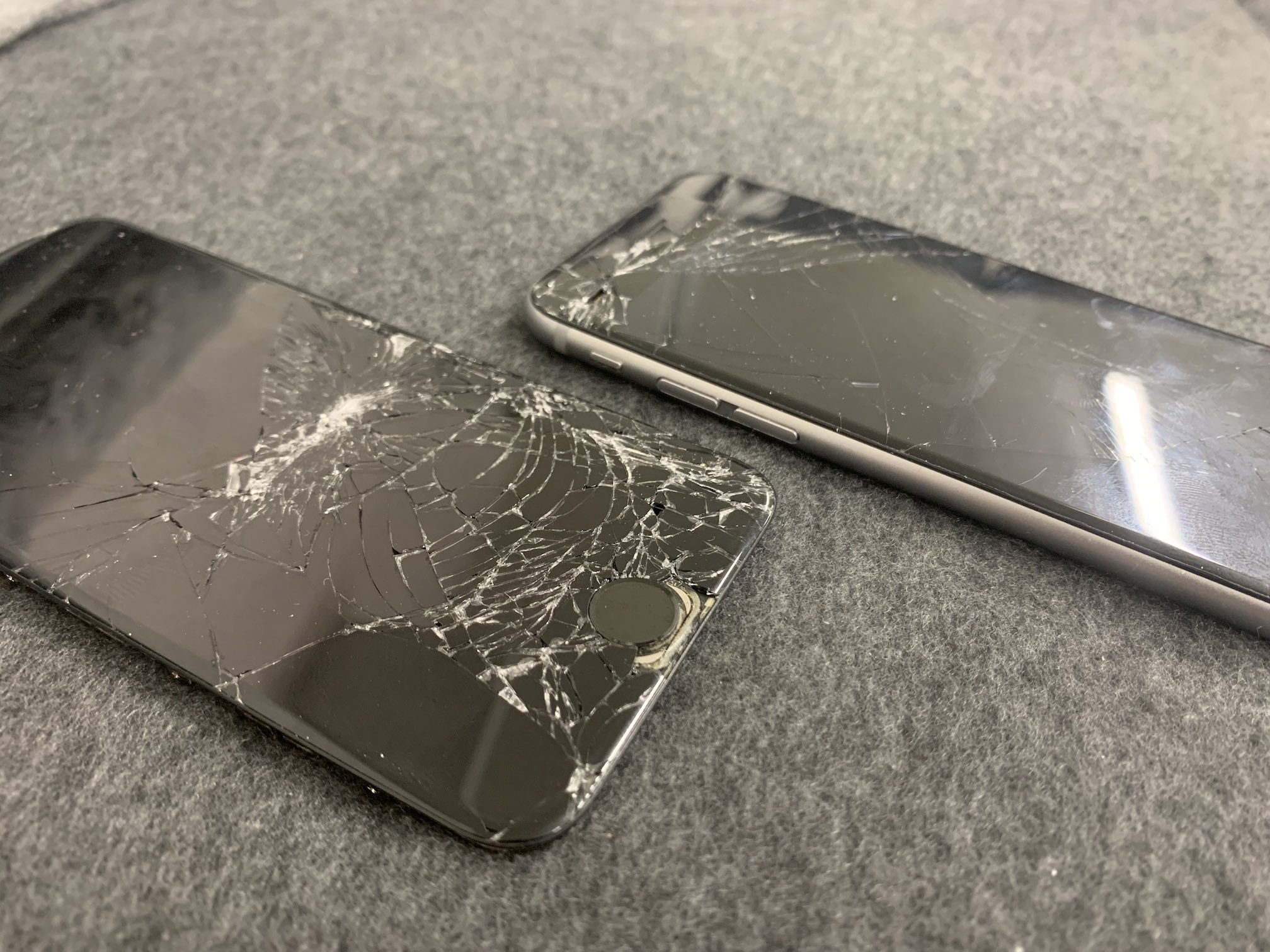
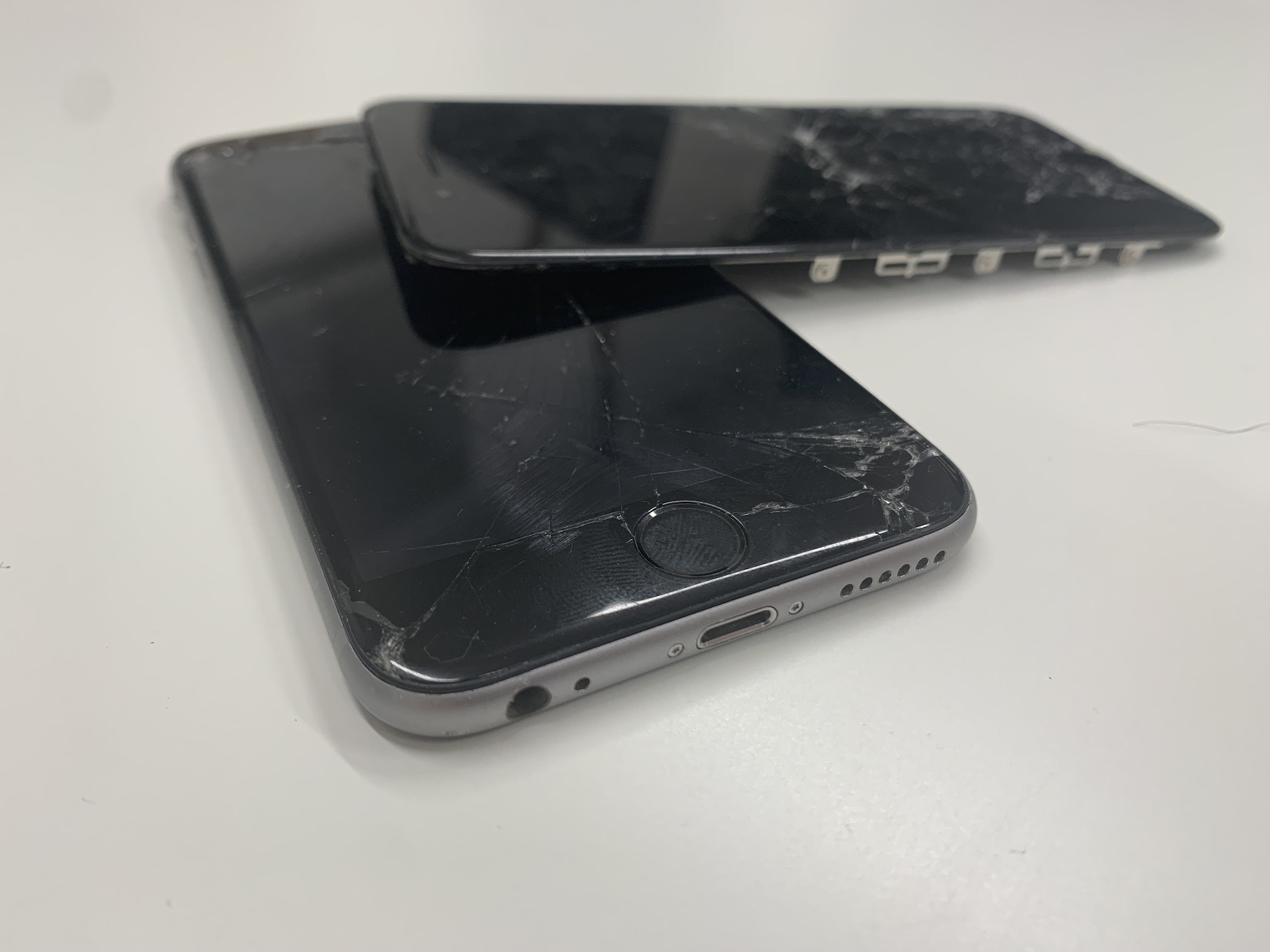
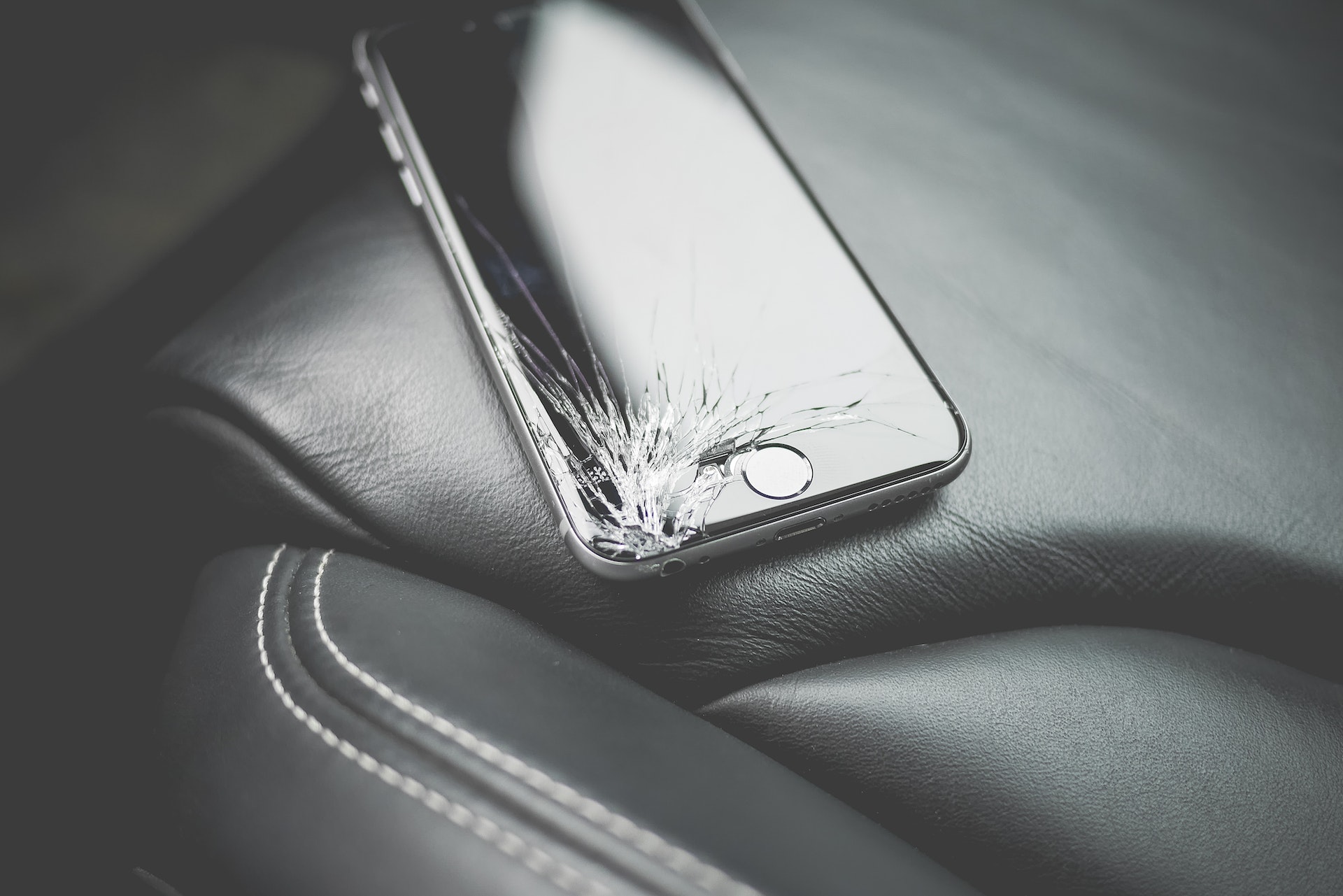
 Flying around the world with Apple
Flying around the world with Apple
Given the increasingly high (and expensive) camera modules, I would appreciate a similar article on camera lens covers.